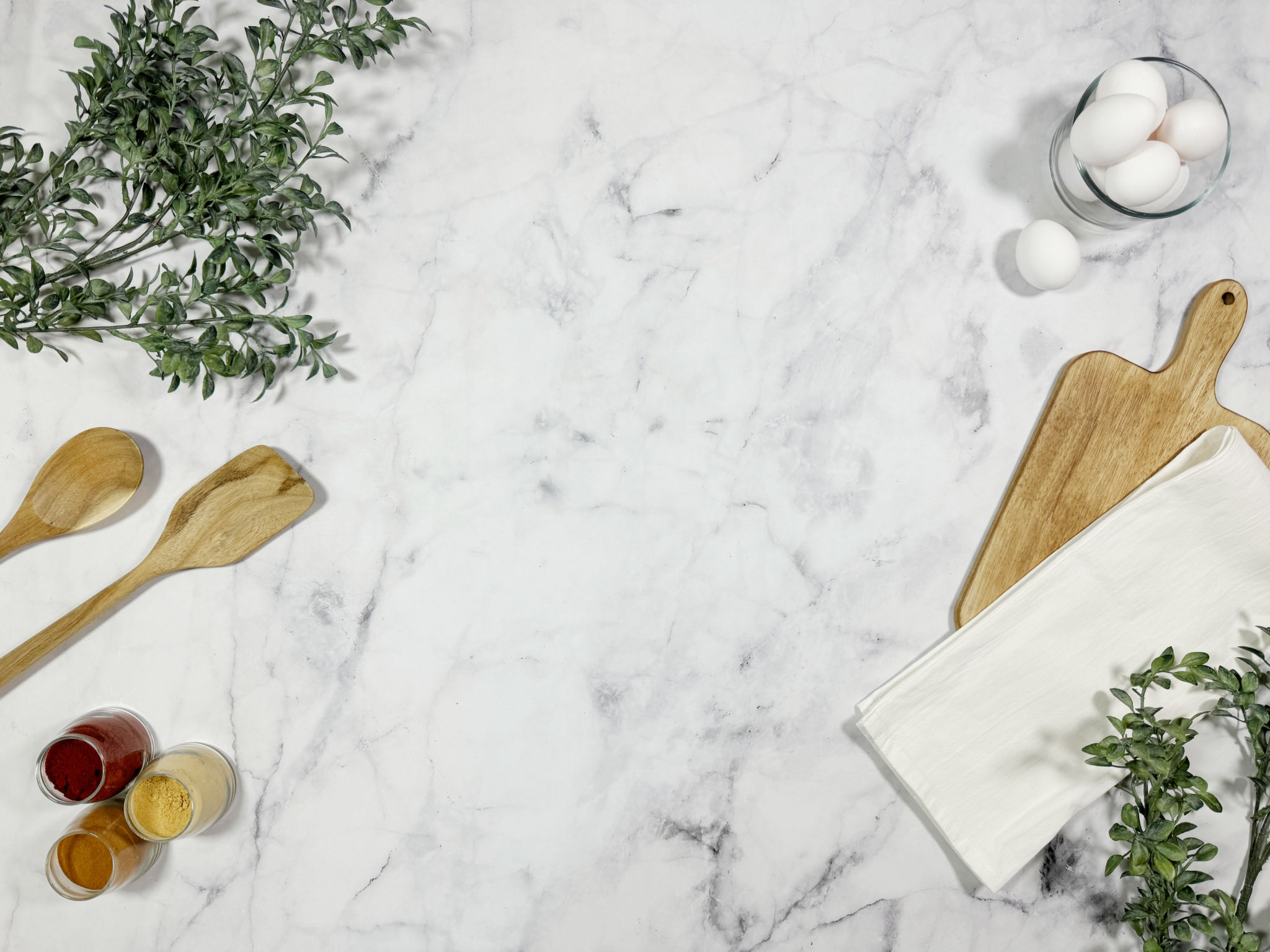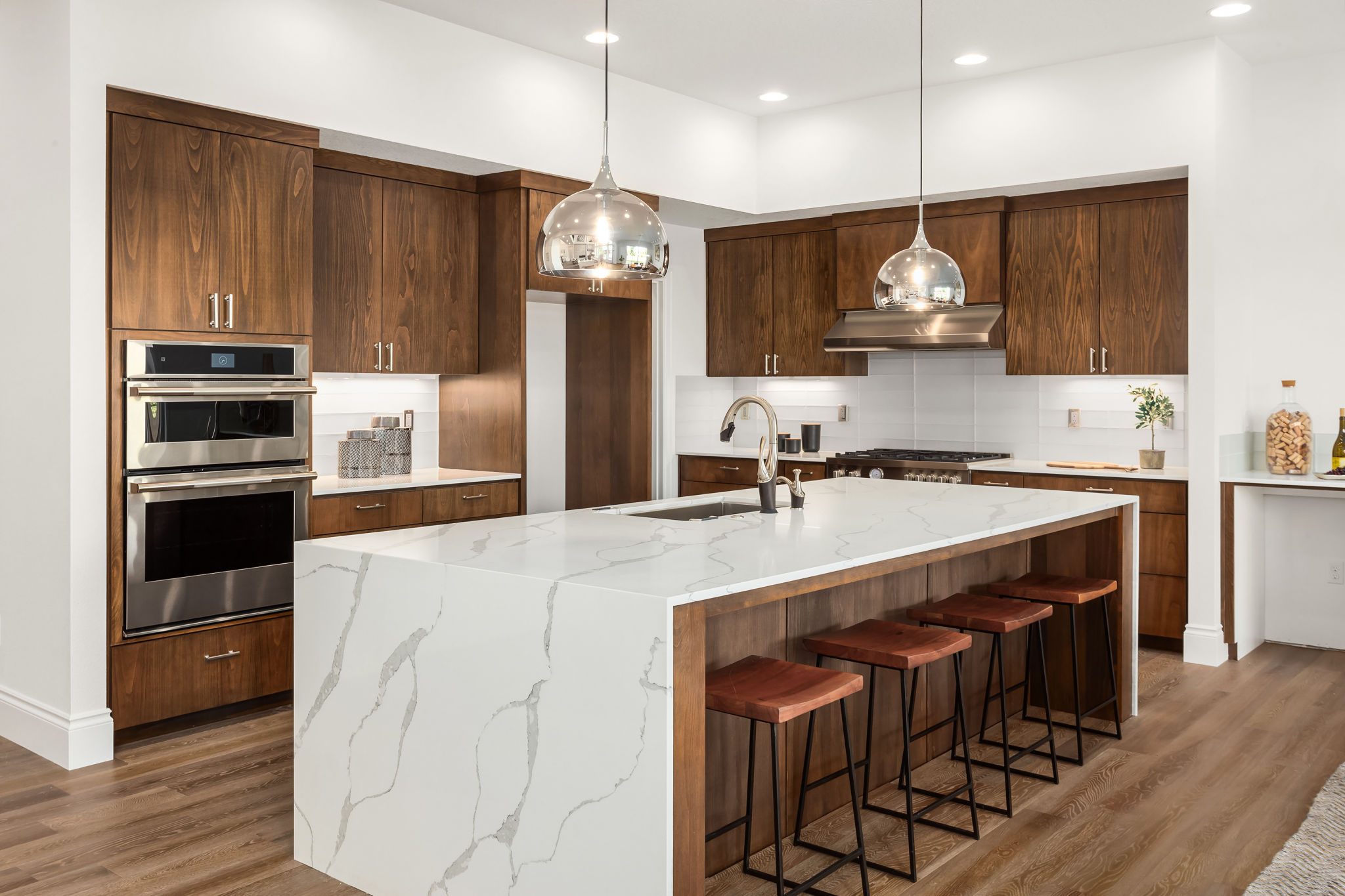Case Study: Transforming a Historic DC Kitchen into a Modern Culinary Space
Introduction
Transforming a historic kitchen in Washington, DC into a modern culinary space is a challenging yet rewarding endeavor. This case study explores how a century-old kitchen evolved from its traditional roots to become a sleek, functional hub for cooking enthusiasts and families alike. Through innovative design and thoughtful planning, this project showcases the harmonious blend of history and modernity.

Understanding the Existing Space
The kitchen was part of a historic home nestled in one of DC's charming neighborhoods. Its original design, while rich in character, lacked the efficiency and aesthetics desired by today's homeowners. The cabinetry was dated, the layout was cramped, and the lighting was insufficient for contemporary needs. Understanding these limitations was crucial in setting the groundwork for transformation.
Assessing Structural Constraints
One of the initial steps involved assessing the structural constraints of the kitchen. Preserving the historical integrity of the building was paramount, which meant working within certain limitations. The existing plumbing and electrical systems had to be evaluated to determine what could be updated without compromising the building's historical character.

Design Inspiration and Planning
The design phase drew inspiration from modern culinary spaces while respecting the home's historical context. The goal was to create a kitchen that served as both a functional workspace and a welcoming gathering spot for family and friends. This involved selecting materials and finishes that complemented the home's original architecture while introducing contemporary elements.
Choosing Materials and Finishes
Materials like natural stone, reclaimed wood, and stainless steel were chosen for their durability and aesthetic appeal. The use of neutral color palettes helped in maintaining a timeless look, while strategically placed modern fixtures added a touch of elegance. This careful selection of materials ensured that the kitchen paid homage to its past while embracing the future.

Implementing Modern Features
To enhance functionality, several modern features were incorporated into the kitchen's design. High-efficiency appliances, smart technology integrations, and ergonomic cabinetry were all part of the upgrade. These features not only improved the kitchen's usability but also increased its energy efficiency, aligning with sustainable living practices.
Integrating Smart Technology
Smart technology played a pivotal role in transforming the kitchen. From voice-activated lighting systems to smart refrigerators that help manage grocery lists, technology made everyday tasks more convenient. These integrations provided homeowners with greater control over their cooking environment, making it more responsive to their needs.
The Final Reveal
After months of meticulous planning and execution, the transformation was complete. The once outdated kitchen now stood as a testament to what thoughtful design and innovation could achieve. The space seamlessly blended historical charm with modern conveniences, offering a perfect balance for both culinary creativity and social gatherings.

Homeowner's Feedback
The homeowners were delighted with the outcome. They appreciated how the kitchen retained elements of its historical past while providing them with a state-of-the-art cooking environment. Their feedback highlighted the importance of collaboration between designers, architects, and homeowners in creating a space that meets both aesthetic and functional goals.
Conclusion
This case study demonstrates that transforming a historic DC kitchen into a modern culinary space is not only possible but can result in a stunning and functional area that respects its past while embracing the future. By carefully balancing old-world charm with new-world efficiency, this project stands as an inspiring example for future renovations.